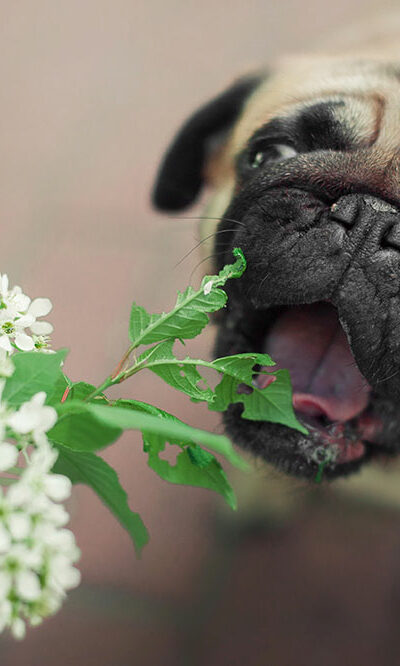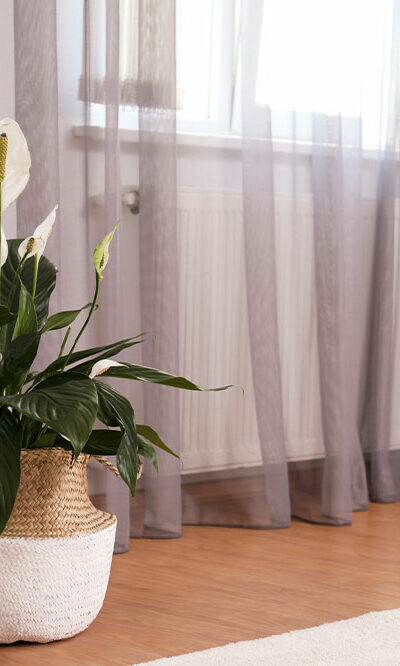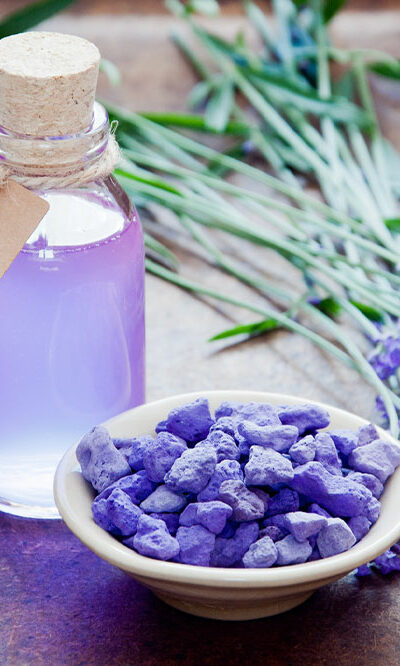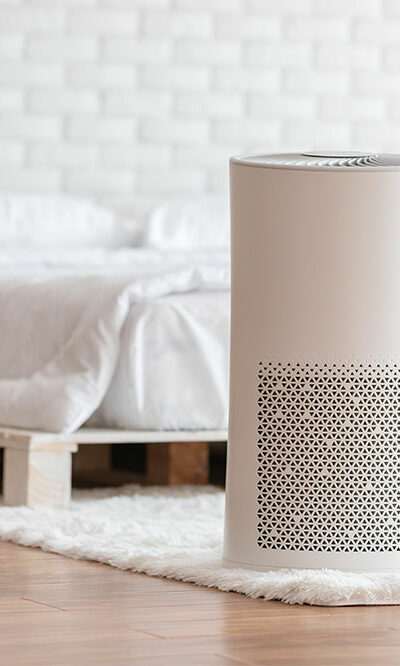
7 pest control mistakes and how to avoid them
Effective pest control is critical to maintaining a healthy and comfortable living environment. Pests can cause a lot of damage to a home’s foundation, floors, and walls. It helps eliminate insects impacting the house’s integrity and its occupants’ health. Effective pest management is a multifaceted endeavor that requires diligence, preventative measures, and, at times, the expertise of professionals. By sidestepping these pitfalls, individuals can create a pest-free environment that promotes health, comfort, and peace of mind. Neglecting preventative measures One of the most common pitfalls in pest control is underestimating the power of prevention. Waiting until pests become a visible problem can lead to a more challenging and costly battle. Simple steps like sealing cracks, ensuring proper drainage, and maintaining a clean living space can go a long way in deterring pests from entering in the first place. Overlooking regular inspections Regular inspections are the cornerstone of effective pest control. Unfortunately, many homeowners skip this crucial step, only seeking professional help when the situation has escalated. Implementing routine checks, both indoors and outdoors, allows for early detection and intervention, minimizing the potential damage caused by pests. Improper identification of pests Misidentifying pests is a common oversight in pest control. Different pests require different approaches for effective elimination. Using the wrong treatment method for a particular pest can be not only ineffective but may also be detrimental to the environment or even harmful to humans and pets. Misusing chemicals and treatments Resorting harsh chemicals without adequately understanding their application can have unintended consequences. Overusing or misusing pesticides can pose health risks to residents and pets and lead to environmental harm. It’s crucial to follow label instructions meticulously and, if you need help, seek professional advice on proper application. Ignoring natural predators In nature, many pests have natural predators that help keep their populations in check.










